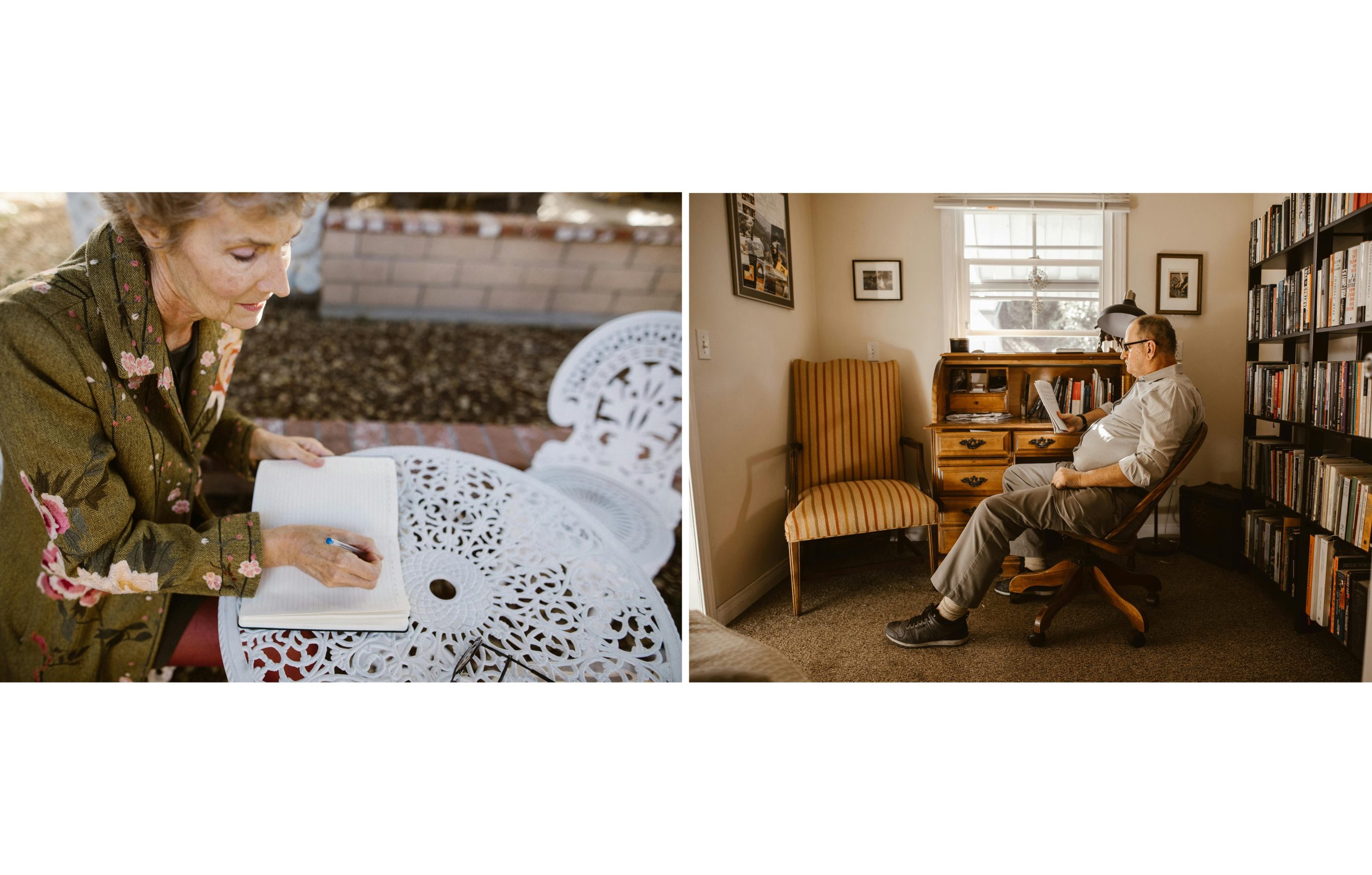When Does Citizens Cover Water Damage Under an HO3 Policy?
Hello everyone,
I have an HO3 policy with Citizens in Florida, and I’m trying to clarify under what circumstances they cover water damage. Unfortunately, I’ve received little help from representatives, my insurance agent, or the adjuster regarding my situation.
I recently discovered water damage under my flooring, but so far, the field adjuster, the water mitigation company, and the leak detection specialist haven’t been able to pinpoint the source of the leak. Citizens wants to send out their own inspector, which makes me a bit uneasy. I’m trying to prepare for the possibility of my claim being denied, and I’m considering hiring independent specialists for further investigation.
To give you some background, I have vinyl flooring installed over hardwood. I noticed a soft spot in the vinyl and, upon removal, found rotten wood underneath. I’ve never seen any visible water on top of the flooring.
From what I understand, Citizens excludes coverage for gradual leaks and seepage; however, they do have a provision for hidden water damage that is unknown and concealed beneath floors, behind walls, or in ceilings. I am curious how this plays out in real-life scenarios. Since there’s no known active leak, it could be due to a hidden issue, an accidental spill, or something else. The policy language seems to be conflicting, so I’m having trouble determining what is covered.
I’ve included a link to some pages from my insurance declaration related to water damage for reference:
Insurance Declaration Link
Here are a few scenarios I’m wondering about regarding coverage from Citizens:
- Could moisture buildup under the flooring from a failed vapor or moisture barrier be covered?
- What if there’s a leak inside the walls from a failing AC pipe due to faulty installation?
- Would sporadic leaks from a poorly installed air handler qualify for coverage?
- How about a leaking cracked condensate line or sewage pipe beneath the slab?
- Would past water spills that seeped under the floor be covered?
Has anyone had success getting Citizens to approve similar claims, or did they deny them as maintenance issues? If your claim was approved, what kind of evidence did you provide?
I want to be well-prepared for any potential pushback from the insurance company, especially since it’s been over a month now, and I haven’t been able to start renovations. The adjuster instructed me to leave the damaged (and moldy) flooring bagged up indoors and suggested we continue living in the house, dismissing concerns about the mold’s extent based on photos—despite the water mitigation company indicating issues with over 10 square feet of mold and advising us to find temporary housing due to the risks, especially with a small child.
I would greatly appreciate any insights or assistance. Thank you!




I’m sorry to hear about the challenges you’re facing with your water damage claim. Navigating insurance policies can be frustrating, especially when it comes to determining coverage for hidden water damage. Here’s some clarification on your questions related to Citizens’ HO3 policy coverage in Florida:
Moisture buildup under flooring due to a failed vapor or moisture barrier: Generally, if the moisture buildup is due to a failure of a vapor barrier that has been in place for some time, it may be viewed as a maintenance issue rather than sudden damage; thus, it might not be covered.
An AC leak inside the walls over time from a pipe failure or faulty installation: If the pipe failure qualifies as a covered peril (for example, if it was a sudden and accidental leak), there might be coverage. However, if it’s determined to be gradual and the result of wear and tear, it may be excluded.
Sporadic leaks from an air handler that was poorly installed: Similar to the situation above, if it can be proven that this leaking was sudden and the result of a malfunction rather than poor installation, it might be covered. Documentation from an inspector may be crucial here.
A cracked condensate line or a sewage pipe leaking beneath the slab: If the cause of the leak is sudden and accidental, particularly if it can be isolated and documented, you may have a case for coverage. This, similarly, would likely require thorough investigation and documentation.
Water spilled sometime in the past which got under the floor: This would typically be considered wear and tear or maintenance rather than a sudden event, likely leading to a denial of coverage.
To strengthen your claim, consider the following steps:
Documentation: Keep a detailed record of all communication with your insurance company, adjusters, and any professionals you bring in. Photos and written reports from any specialists can significantly bolster your argument.
Seek an Independent Evaluation: If you feel the adjuster’s findings are insufficient, getting an independent evaluation may provide more clarity and support for your case.
Follow Up on Professionals’ Recommendations: Given the presence of mold, consider advocating strongly for a hygienist to assess the situation. Mold can complicate claims and be a health hazard, especially with a child in the home.
Understand Your Policy’s Language: Review your policy closely, especially the sections pertaining to water damage and exclusions. This knowledge can empower you during discussions with the insurance company.
Consider Legal Advice: If the claim is denied, you might want to consult with a public adjuster or an attorney specializing in insurance claims, as they can provide guidance tailored to your circumstances and help you understand your rights.
I hope this helps clarify your situation. Best of luck with your claim, and I hope you find a swift resolution!